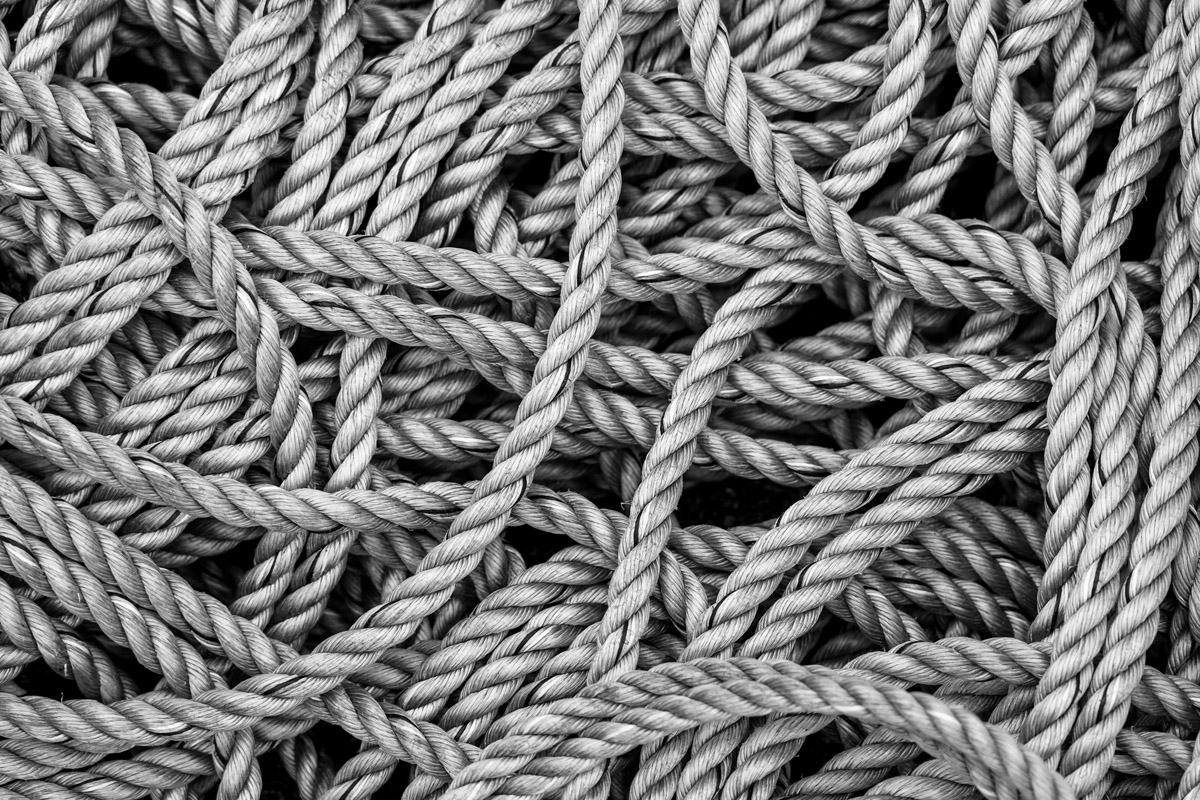Nylon is famous for its strength and durability and is commonly used to make clothes, fishnets, ropes, seat belts, and more. Still, even the best nylon needs maintenance now and then, but fixing it isn’t always easy since it doesn’t work effectively with household glue. Instead, you’ll need specific adhesives for the job.
The best glue for nylon is either Loctite superglue or Polyurethane glue, which work with many household materials. However, Original Gorilla glue, E6000 craft adhesive, or J-B Weld Plastic Bonder are also great options. The type of glue you need will depend on what you’re bonding the nylon to.
There are several other glue options for nylon too, which I’ll also discuss in this article. However, the best ones for nylon are what I’ve just mentioned. I’ll explain further why.
Issues with Applying Glue to Nylon
Nylon is thermoplastic, which means it turns to plastic when heated and hardens when cooled. Since nylon is so versatile, manufacturers use it to make machinery, outdoor equipment, and even clothing. It is preferred in many cases due to its heat and water resistance.
However, since nylon is hydrophobic, finding the right type of glue can be a challenge. Furthermore, though you may find a glue that works on nylon, chances are it doesn’t work on the material you’re bonding it to.
For example, one glue may work well when gluing nylon to wood but won’t work at all if you’re looking at bonding it with metal. In these cases, you will need a combination of glues depending on the secondary materials involved.
How to Bond Nylon to Nylon: J-B Weld Plastic Bonder
Starting with the easiest fix, bonding nylon to nylon will only require one kind of glue, and the best glue for the job is J-B Weld Plastic Bonder from Amazon.com. This multi-purpose plastic bonder is designed to produce the strongest bond possible for all kinds of materials, including thermoplastics like nylon.
This kind of glue comes in two parts that need to be mixed to activate. They come in a syringe that allows you to remove just what you need and save the rest for later use.
To apply J-B Weld Plastic Bonder to nylon:
- Mix the provided two materials in equal parts.
- Carefully spread the mix evenly on each surface without applying too much.
- Press the surfaces together lightly for 15 minutes and sand it after 30 minutes if necessary.
How to Fix Nylon Fabric: E6000 Craft Adhesive
Unfortunately, working with nylon fabric is not easy due to its durability and elasticity. However, you can use the E6000 glue, which is machine-washable, if you’re working with nylon for crafts and sewing.
Unlike many other types of glue, this kind will not turn hard once it sets, allowing your fabrics to flow freely.
How to Bond Nylon to Metal: Loctite Super Glue
Here’s where it gets more complicated. In order to properly bond nylon to metal, you will need a bonding agent for each surface.
To bond nylon and metal successfully, use a combination of J-B Weld Plastic Bonder and Loctite Super Glue.
Loctite Super Glue
As mentioned above, J-B Weld Plastic Bonder will bond well with nylon – but not with metal. Instead, you’ll need to get some Loctite Super Glue from Amazon.com. This will bond with both the metal and the plastic cement, which needs to have been placed and cured.
Loctite Super Glue is what we know as ‘Crazy glue’ or “Super Glue,” and all you have to do is apply the super glue on the metal part.
Place the already cured nylon side on the metal side and apply pressure. Wait for both sides to bond and cure, which should only take around 30 seconds.
Alternative Option: Original Gorilla Glue
Another option for bonding nylon and metal is Original Gorilla Glue from Amazon.com. This is a different brand of super glue that will work in the same way as Loctite Super Glue. But since the Original Gorilla glue is polyurethane glue, it’s waterproof and can provide a rigid or flexible bonding to suit your needs.
Generally, polyurethane glues will work on almost anything. The only downside is that it expands as it cures, creating a thickness three times the original application.
How to Bond Nylon to Wood: Elmer’s Carpenter’s Glue
Bonding nylon to wood can be tricky, but you can use the same combination of J-B Weld Plastic Bonder and Loctite Super Glue to get the job done:
- Apply the J-B Weld Plastic Bonder by pressing it on the nylon and allow the glue to dry for 30 minutes.
- Apply the Loctite Super Glue to both the nylon and wood sides and press them together for 30 seconds.
However, if you don’t have Loctite Super Glue on hand, you can seal the wood instead using wood glue, such as the Elmer’s Carpenter’s Glue from Amazon.com.
To bond nylon to wood with carpenter’s glue:
- Apply Elmer’s Carpenter’s Glue to the wood surface and wait for 30 minutes for it to dry.
- Once the wood glue dries, apply the J-B Weld Plastic Bonder to the nylon and press the two surfaces together.
- Let them sit for 30 minutes until dry.
Final Thoughts
Nylon is a versatile material. However, working with it isn’t always easy due to its strength and elasticity. Your standard glue may not work well with nylon, but several types of adhesive are designed for nylon.
Adhesives like Loctite Super Glue, J-B Weld Plastic Bonder, Original Gorilla Glue, Elmer’s Carpenter’s Glue, and E6000 are great for nylon, though you may have to use two types of glue to bond nylon with another different material. If you’re working with only nylon fabric, the E6000 will be your best option if you don’t want to deal with hot glue.


Thanks for the research and practical advice. It didn’t occur to me that bonding one glue to another is a workable solution, cool. Loctite is a personable favorite go-to of mine, very reliable. I will put this knowledge to use.